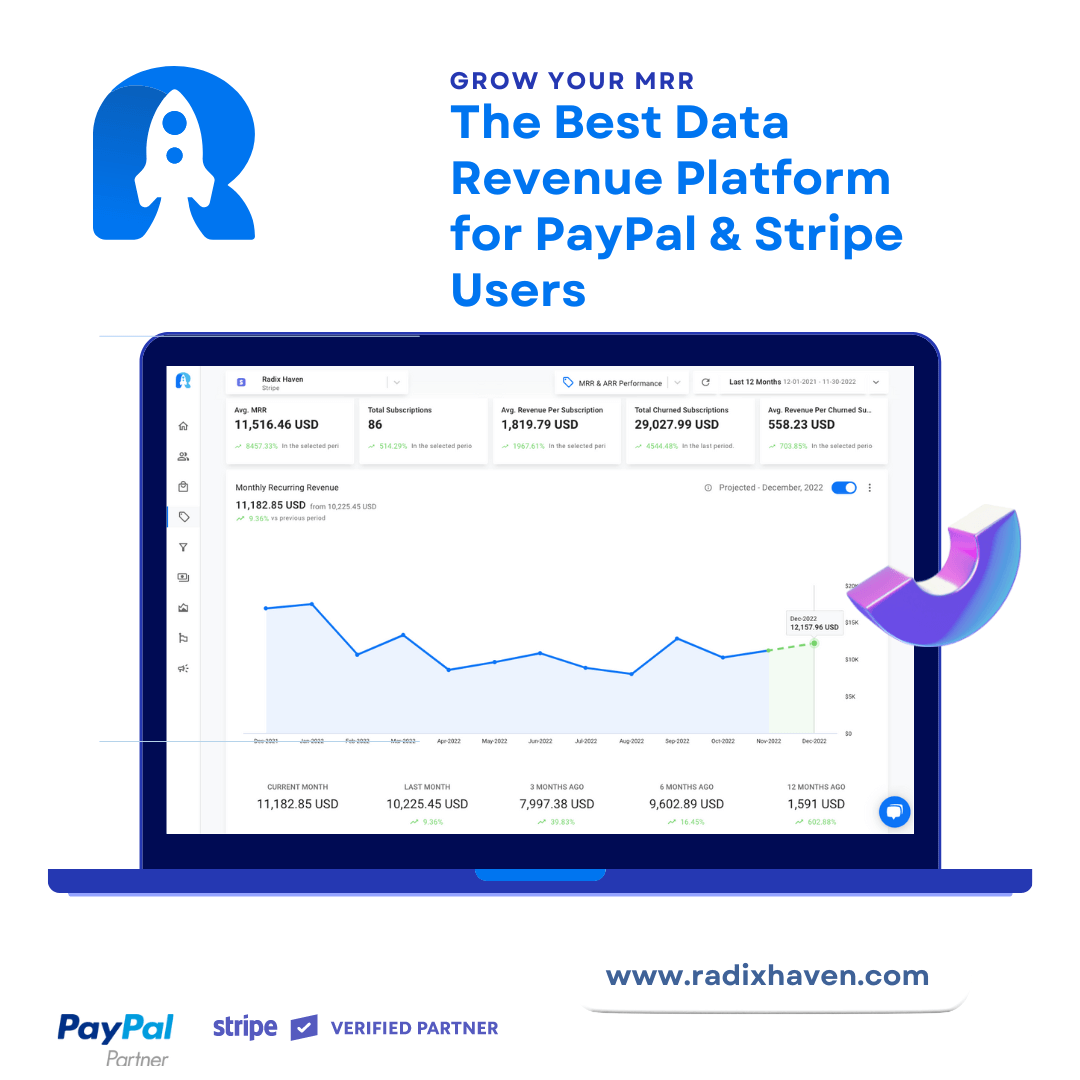As a startup founder, you must keep a close eye on your SaaS Revenue metrics to track your company’s growth and success. Knowing which metrics to track can help you make informed decisions about product development, customer acquisition, and pricing strategies. In this article, we’ll go over some essential SaaS Revenue metrics every startup founder should know.
Monthly Recurring Revenue (MRR)
MRR is the amount of recurring revenue that your company generates each month. It’s a critical metric for SaaS businesses because it reflects the stability and predictability of your revenue streams. Moreover, MRR allows you to track your revenue growth over time and make informed decisions about your pricing strategy.
Customer Acquisition Cost (CAC)
CAC is the cost of acquiring a new customer. It’s calculated by dividing your total sales and marketing expenses by the number of new customers you acquired in a given period. A high CAC can indicate that your sales and marketing strategies are not as effective as they should be. It’s essential to keep your CAC as low as possible to ensure that your business is profitable.
Customer Lifetime Value (CLTV)
CLTV is the total amount of revenue that you can expect to generate from a single customer throughout their lifetime. It’s a critical metric for SaaS businesses because it allows you to determine how much you can afford to spend on customer acquisition. You can calculate CLTV by multiplying the average monthly recurring revenue per customer by the average customer lifespan.
Churn Rate
Churn rate is the percentage of customers who cancel their subscriptions over a given period. Therefore, high churn rates can indicate that your product is not meeting your customers’ needs, and it can lead to a decline in revenue over time. It’s crucial to track your churn rate and identify the reasons why customers are canceling their subscriptions.
Net Promoter Score (NPS)
NPS measures the likelihood of your customers to recommend your product or service to others. You can calculate it by asking customers a single question: “On a scale of 0 to 10, how likely are you to recommend our product to a friend or colleague?” Customers who respond with a score of 9 or 10 are considered promoters, while those who score 6 or below are detractors. Subtracting the percentage of detractors from the percentage of promoters gives you your NPS score. A high NPS score indicates that your customers are satisfied with your product and are more likely to recommend it to others.
Monthly Active Users (MAU)
MAU is the number of unique users who have used your product or service in a given month. It’s an essential metric for SaaS businesses because it reflects the size and growth of your user base. Tracking your MAU can help you identify trends in user behavior and make informed decisions about product development and customer acquisition.
Gross Margins
Gross margins are the revenue you generate minus the cost of goods sold. It’s an important metric for SaaS businesses because it reflects the profitability of your business. Maintaining a healthy gross margin is essential for the long-term success of your business.
Conclusion
In conclusion, tracking your SaaS metrics is critical to the success of your startup. By keeping a close eye on your MRR, CAC, CLTV, churn rate, NPS, MAU, and gross margins, you can make informed decisions about product development, customer acquisition, and pricing strategies. If you’re not already tracking these metrics, start now. And if you need help analyzing your SaaS metrics, consider using a tool like Radix. Radix can help you identify trends in your data, spot areas for improvement, and boost your overall KPIs.






